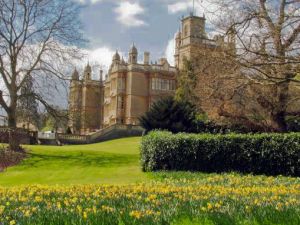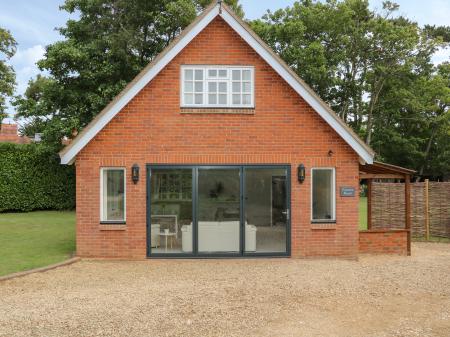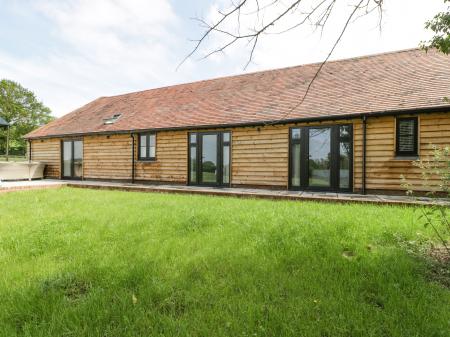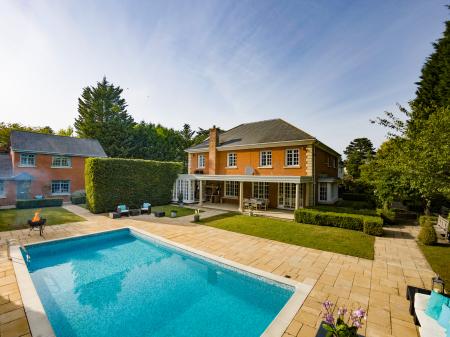
The Englefield family goes back vastly further; they are thought to have been lords of the manor here since the 9th century. The last of the Englefield family to live at the House was Sir Francis Englefield, who built the east wing. Sir Francis was prosecuted by Elizabeth for his Catholic sympathies, and the house was seized by the crown in 1585.
Sir Francis's son purchased a new residence at Whiteknights Park, which is now part of the University of Reading. After some legal wrangling, Englefield was given to Elizabeth's favourite, Rober Devereux, Earl of Essex. It is probably due to Essex that the house was enlarged and expanded to form the building we see today.
The house later passed to the Paulet (or Powlett) family, Marquesses of Winchester. One 17th century Powlett, Lord Francis, earned a measure of notoriety by marrying his kitchen maid.
Englefield was immortalized in a famous painting by John Constable in 1832. The house is set in 19th-century formal gardens, with a deer park (one of the last surviving examples in Berkshire), kitchen gardens, water garden, and several smaller garden areas in addition to a woodland garden created in the 1930s.
The gardens are open all year, but as of this writing, the house is only open to pre-booked group tours.
 We've 'tagged' this attraction information to help you find related historic attractions and learn more about major time periods mentioned.
We've 'tagged' this attraction information to help you find related historic attractions and learn more about major time periods mentioned.



